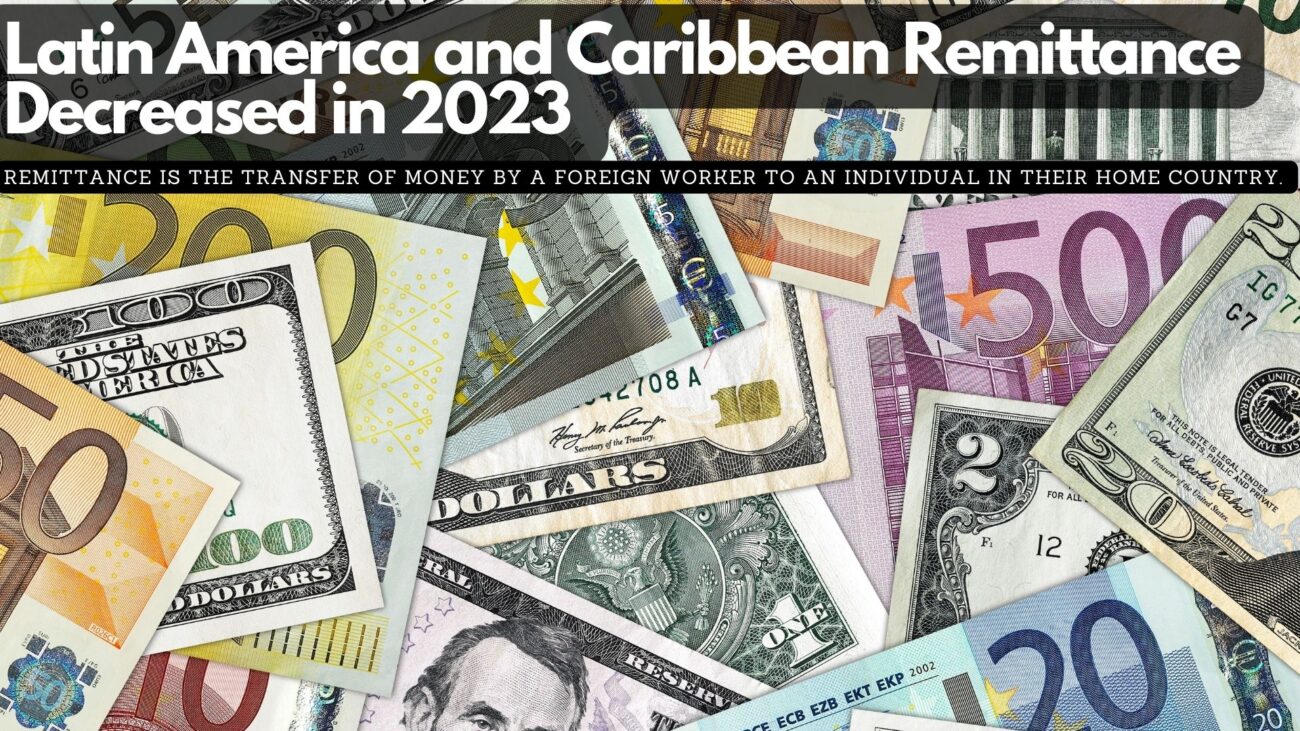Latin America Remittance Growth Decreased in 2023
A report from the World Bank states that for the Caribbean region, remittance flows declined in 2023.
It said, “In Latin America and the Caribbean, remittance growth in 2023 slowed to 7.7%, reaching $156 billion, bolstered by a robust U.S. labour market. Mexico remained the top recipient with $66.2 billion, a 7.8% increase. Growth varied widely, from a 44.5% rise in Nicaragua to a 13.4% decline in Argentina. Remittance flows are expected to grow by 2.7% in 2024, with the average cost of sending $200 remaining at 5.9%, similar to the previous year.”
The Dominican Republic, Haiti, Belize, Trinidad and Tobago, St. Vincent and the Grenadines, Grenada, and St. Lucia reported increased remittance inflows over 2022. Countries with no change included Guyana, Barbados, St. Maarten, Aruba, Antigua and Barbuda, and the Cayman Islands. Jamaica, Curacao, The Bahamas, Suriname, St. Kitts & Nevis, and Dominica recorded declines in remittances.
As remittances gain significance, precise data collection is crucial for advancing UN Sustainable Development Goals aimed at reducing costs and enhancing transaction volumes. Yet, current statistical data remains inconsistent and incomplete. The disparity between inbound and outbound remittance flows globally has expanded, primarily due to informal channels like migrants carrying cash when returning home.
Remittance refers to the transfer of money by a foreign worker to an individual, typically a family member, in their home country. These funds are a crucial source of income for many households in developing countries, helping to support their basic needs such as food, housing, education, and healthcare.







Facebook Comments